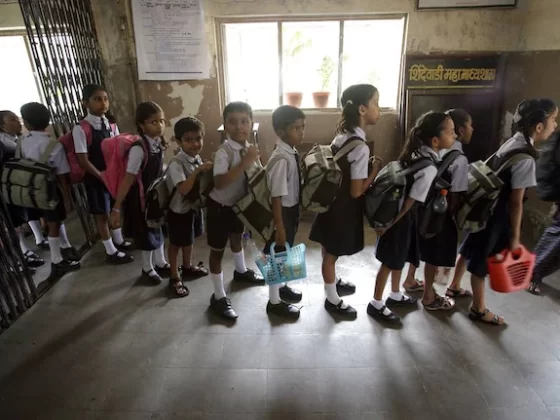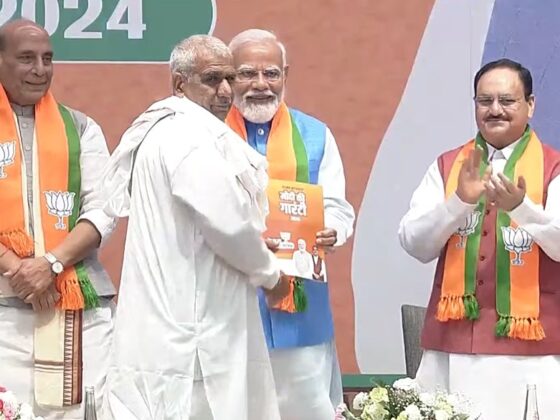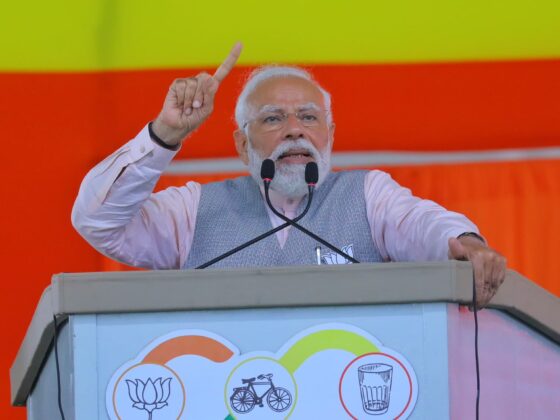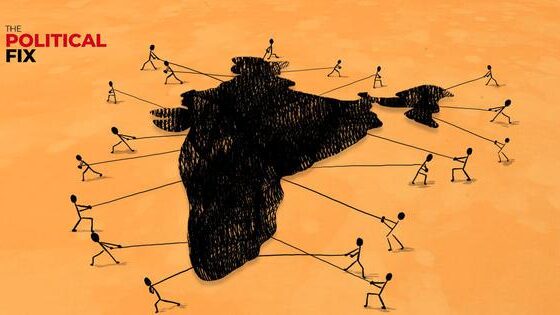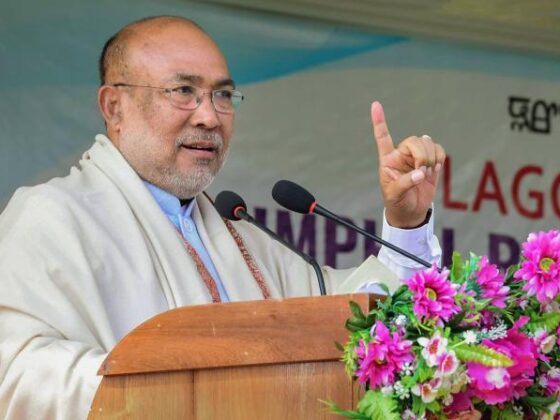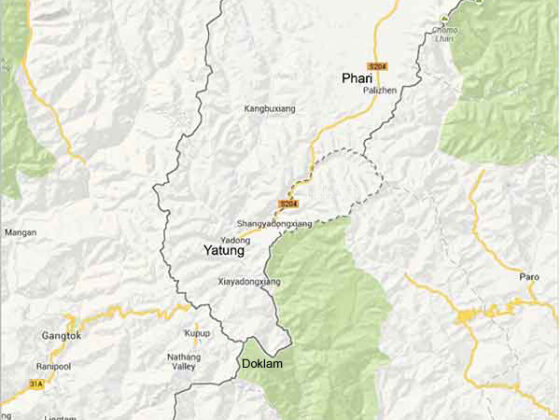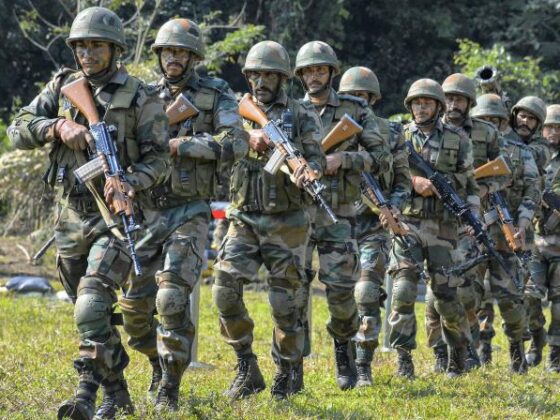Community participation is the most important aspect of resource management and in this connection, the role of Panchayat, NGOs and Civil Society is very important. Therefor, a planned awareness strategy needs to be prepared and implemented.
Introduction:
Once again after the current sweltering warm weather, the monsoon is eagerly awaited; not only to get a respite from the heat but also to get water so essential for the crops. The good news is that as per the IMD prediction, this year the monsoon is going to be normal. However, the question is whether we are ready to make use of nature’s bounty for us? It may be noted that the total quality of water available in the world is 1600 million cubic km and 97.5% of it is saline. Of the balance, 2.5% of the fresh water, most of it lies deep and frozen in Antarctica and Greenland. Only 0.26% is available in rivers, lakes and in the soil and shallow aquifer.
According to NITI Aayog surface water availability in India is 257 BCM of water per year which is likely to go up to 385 BCM in near future. India also has 432 BCM rechargeable ground water. India uses 634 BCM of water per year to grow food, generate energy and satisfy the needs of industry. Thus, theoretically, the availability should meet the requirements but the situation on the ground has many problems and availability gets impacted by other environmental and man-made factors. In this connection following two reports from World Bank and NASA are relevant.
Read More


